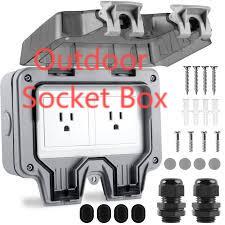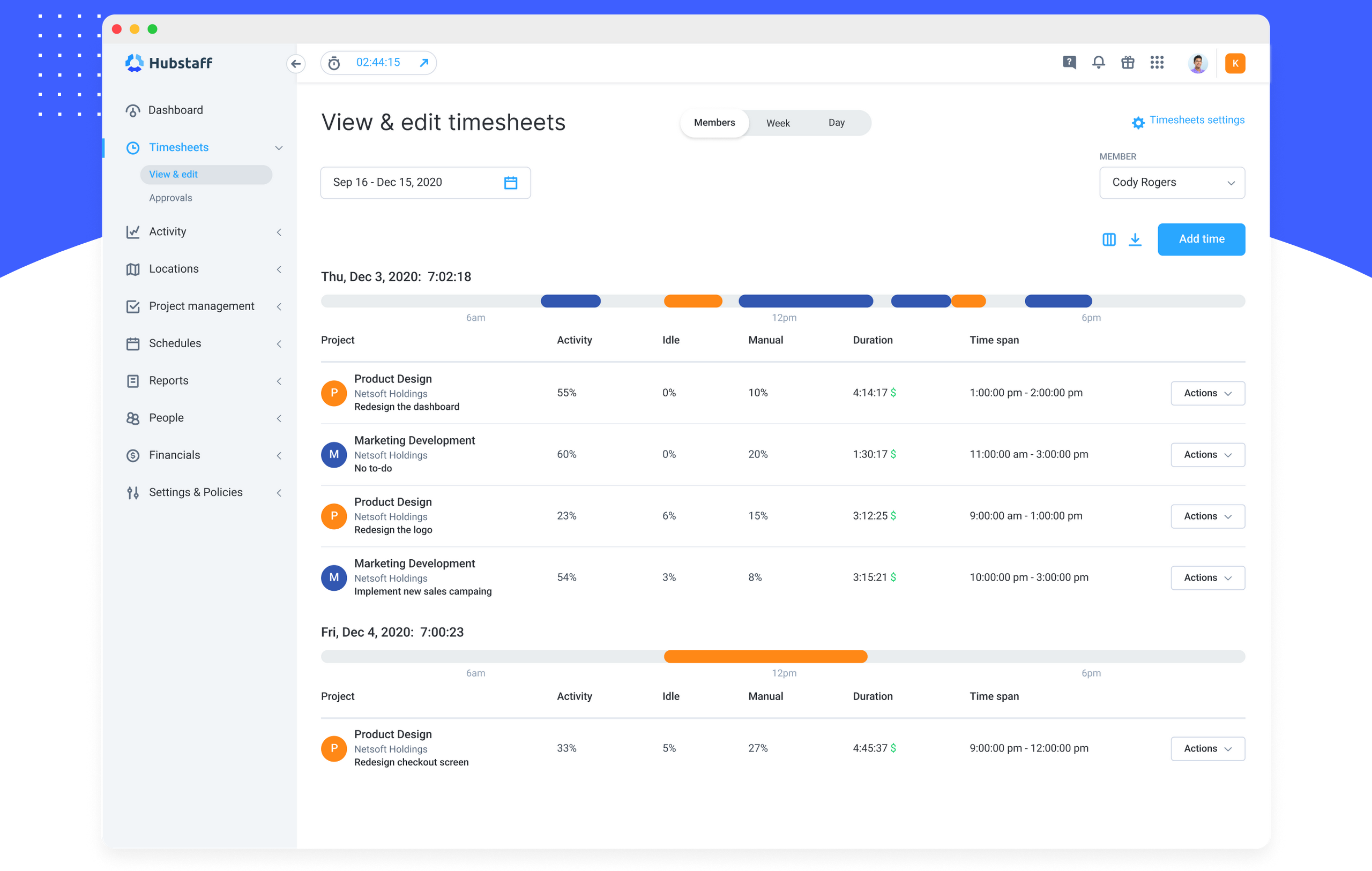Outdoor Socket Box Supplier Solutions By Nante For Coastal Resilience

Specifying the right Outdoor Socket Box Supplier at the design stage prevents many field problems, because selecting the proper Outdoor Socket Box Supplier early minimizes water ingress, corrosion, and unnecessary downtime. Thoughtful procurement balances environmental sealing, internal layout, and installer-friendly details to create enclosures that protect equipment and simplify long-term maintenance. This article covers materials, ratings, installer features, siting practices, and future-proof strategies to help specifiers and installers choose enclosures that perform reliably in real-world conditions.
Materials and Corrosion Resistance
Longevity starts with materials. UV-stable thermoplastics offer excellent resistance to sun-driven embrittlement and color fade, while powder-coated aluminum and stainless steel deliver superior mechanical strength and corrosion protection for coastal or industrial environments. Pay attention to fasteners and rails—marine-grade stainless hardware prevents early failures at attachment points. Choose gasket compounds (EPDM or silicone) that retain elasticity across the expected temperature range to preserve the sealing plane through cycles of opening and maintenance.
Sealing, Ratings, and Thermal Strategy
Objective ratings make specification easier. IP classifications describe resistance to dust and water—an IP65 baseline suits many exposed installations, while IP66 or IP67 is preferable for high-pressure washdowns or temporary submersion risk. IK impact ratings indicate how an enclosure tolerates mechanical strikes; use higher IK values in vandal-prone or public locations. Thermal planning also matters: passive heat paths, heat-dissipating mounting plates, and internal spacing reduce hotspots. If active ventilation is needed, choose filtered fan modules that retain the enclosure’s protective rating.
Nante Installer-Friendly Design Features
Design details that ease installation reduce labor costs and preserve sealing integrity. Look for removable mounting plates, captive screws that remain attached to cover panels, and pre-configured gland plates that accept multiple cable sizes. DIN-rail compatibility, clear internal labeling, and adjustable mounting bosses simplify wiring and future retrofits. Thoughtful hinge designs prevent gasket pinching during service, and tamper-resistant fasteners reduce unauthorized access. Accessory kits—spare gaskets, strain-relief clamps, and mounting brackets—speed repair and minimize return visits.
Siting, Mounting, and Best Practices
Where and how an enclosure is mounted often determines its performance more than its material. Mount on rigid, vibration-free surfaces and orient cable entries so runoff flows away from seals. Use correctly sized glands and proper strain relief to prevent conductor fatigue at entry points. Avoid over-torquing screws that can distort gaskets. In condensation-prone locations consider breathable membranes or small engineered vents that allow humidity escape without admitting contaminants. Finally, document and follow an inspection routine after extreme weather events.
Modularity, Accessories, and Future-Proof Planning
Modern installations change—surge arrestors, monitoring gateways, or sensors may be added later—so choose enclosures with spare DIN-rail capacity and configurable mounting plates to accept upgrades without a full cabinet swap. Standardized mounting footprints and interchangeable spare parts lower lifecycle costs. Pre-cut accessory trays, cable-entry options, and spare-gasket kits reduce downtime during retrofits. Thinking modularly up front prevents expensive replacements and keeps systems adaptable as technologies evolve.
Compliance, Testing, and Supplier Documentation
Require independent test evidence for IP and IK claims, and request material-compatibility reports for coastal or chemically aggressive sites. Certificates and test reports shorten procurement cycles and give field teams clear performance expectations. Ask suppliers for installation manuals, torque specs for fasteners, and maintenance checklists; this documentation ensures consistent installation and preserves warranty coverage.
Maintenance and Lifecycle Considerations
Routine inspection preserves an enclosure’s sealing integrity. Create a simple checklist: inspect gaskets for compression set, verify fastener torque, and look for visual signs of ingress after storms. Replace degraded seals promptly and keep a small on-site spares kit for rapid repairs. Track maintenance actions to refine future specifications and improve siting choices across projects.
Selecting the right enclosure is a systems decision that balances environmental exposure, thermal needs, installer practicality, and upgradeability. Prioritize proven materials, verified protection ratings, and practical, installer-focused features to minimize downtime and maximize lifespan. For configurable models, technical documentation, and certified product options tailored to varied outdoor applications, visit www.nante.com/product/


